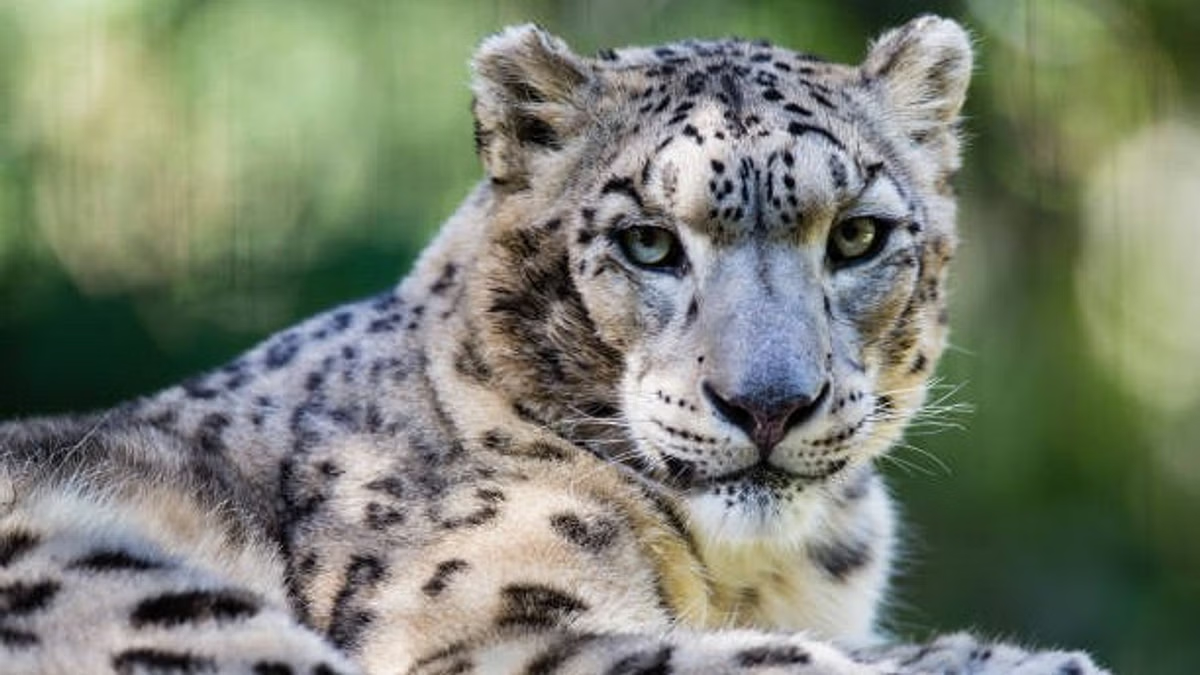- Courses
- GS Full Course 1 Year
- GS Full Course 2 Year
- GS Full Course 3 Year
- GS Full Course Till Selection
- Answer Alpha: Mains 2025 Mentorship
- MEP (Mains Enrichment Programme) Data, Facts
- Essay Target – 150+ Marks
- Online Program
- GS Recorded Course
- Polity
- Geography
- Economy
- Ancient, Medieval and Art & Culture AMAC
- Modern India, Post Independence & World History
- Environment
- Governance
- Science & Technology
- International Relations and Internal Security
- Disaster Management
- Ethics
- NCERT Current Affairs
- Indian Society and Social Issue
- NCERT- Science and Technology
- NCERT - Geography
- NCERT - Ancient History
- NCERT- World History
- NCERT Modern History
- CSAT
- 5 LAYERED ARJUNA Mentorship
- Public Administration Optional
- ABOUT US
- OUR TOPPERS
- TEST SERIES
- FREE STUDY MATERIAL
- VIDEOS
- CONTACT US
477 Snow Leopards in Ladakh: Study
477 Snow Leopards in Ladakh: Study
09-05-2025

- A recent assessment by Ladakh’s Department of Wildlife Protection has recorded 477 snow leopards in the region.
- Ladakh hosts 68% of India’s total snow leopard population, making it one of the densest habitats globally.
Key Highlights of the Study:
- High snow leopard concentrations are found in Hemis National Park, Kargil, and Leh, forming one of the world's largest connected populations.
- Favorable factors include resource-rich grasslands, moderate climate, and abundant prey availability.
- About 61% of Ladakh’s snow leopards were found living in areas shared with human communities, showing successful coexistence.
- Cultural respect for wildlife, benefits from eco-tourism, and active conflict management practices contribute to their protection.
|
Snow Leopard Conservation Initiatives
|
About Snow Leopards (Panthera uncia):
- Native to 12 countries across South and Central Asia, they are a flagship species of high-altitude mountain ecosystems.
- In India, snow leopards are found in Jammu & Kashmir, Ladakh, Himachal Pradesh, Uttarakhand, Sikkim, and Arunachal Pradesh.
- Conservation Status:
- Listed as Vulnerable on the IUCN Red List.
- Protected under CITES Appendix I, CMS Appendix I, and Schedule I of the Wildlife Protection Act, 1972.
- Prefer habitats with steep rocky terrains and elevations between 3,000–5,000 metres.
- Known for their smoky-grey fur with dark rosettes, they are solitary and mostly active during dawn and dusk.




